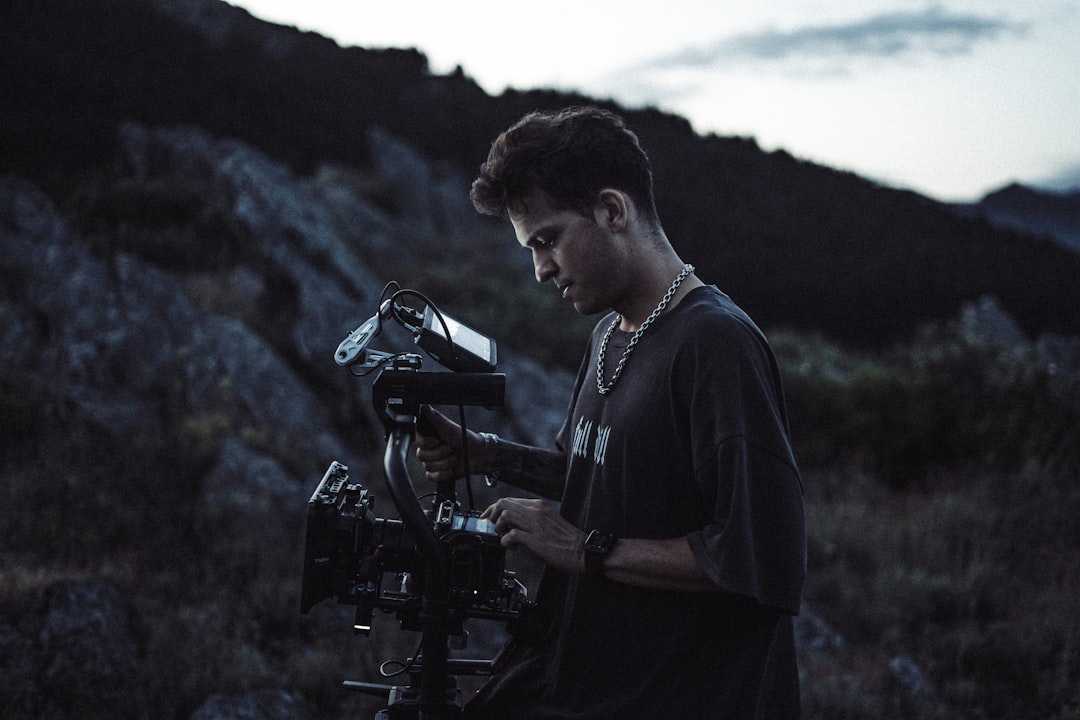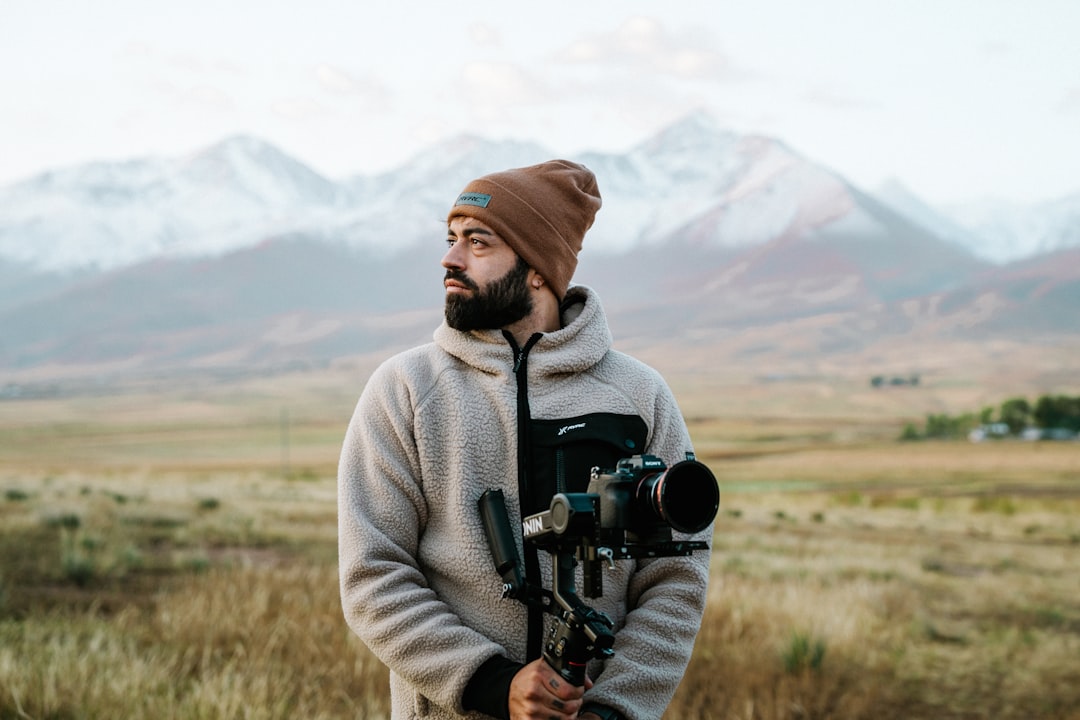Ever watched a cool video on YouTube or TikTok and thought, “Wow, that looks amazing!”? Chances are, a videographer was behind the magic. Videography is all around us—in movies, social media, weddings, and even in advertisements. But what exactly is it?
What Is Videography?
Videography is the art of capturing moving images. It’s like photography, but with videos. A videographer uses a camera to record scenes, moments, or messages. The goal is to tell a story or share information in a fun or meaningful way.
It sounds simple, but it’s more than just hitting the “record” button. Videography involves:
- Planning the shot (called pre-production)
- Shooting the video
- Editing the footage afterward
Whether it’s a short Instagram reel or a full movie, videography brings stories to life.

Videography vs. Cinematography
These two terms often get mixed up. Both involve cameras and video, so what’s the difference?
- Videography: Often used for events like weddings, interviews, corporate videos, or vlogs. It usually involves a one-person or small team setup.
- Cinematography: Used in filmmaking. It’s more complex, with large crews, fancy lighting, and big movie sets.
So, every cinematographer is a videographer, but not every videographer is a cinematographer!
What Do Videographers Do?
A videographer wears many hats. Here are some common things they handle:
- Storyboarding: Planning how each scene will look
- Camera Work: Adjusting focus, lighting, and angles
- Sound Recording: Capturing clean and clear audio
- Editing: Adding music, trimming clips, color correction
- Publishing: Uploading videos to YouTube or client websites
In short, videographers shoot, edit, and deliver the final product. Sometimes they do everything themselves. Other times, they work with a team.
Common Types of Videography
There are many types of videography. Each has its own style and purpose. Let’s look at the most popular ones:
- Event Videography
This includes weddings, concerts, birthdays, and other live events. The goal is to capture the emotion and important moments. A wedding video, for example, helps couples relive their big day! - Corporate Videography
Businesses use videos for marketing, training, or presentations. These videos are polished, professional, and often include interviews and on-screen text. - Social Media Videography
Think short clips for Instagram, Facebook, and TikTok. These videos are quick, catchy, and perfect for grabbing attention. - Documentary Videography
This style focuses on real-life stories and issues. Documentaries often feature music, narration, and interviews. - Real Estate Videography
Realtors use videos to show off homes. These videos may include drone shots and smooth tours through the house. - Travel Videography
This is perfect for adventurers. It captures beautiful places, vibrant cultures, and unique experiences from around the world.

What Equipment Do You Need?
You don’t need to break the bank to start. Here’s a basic list of gear to get started with videography:
- Camera: DSLR, mirrorless, or even a smartphone can work
- Microphone: For clear sound quality
- Tripod: To keep your shots steady
- Lighting: Helps brighten your subject
- Editing Software: Like Adobe Premiere Pro or iMovie
Of course, professionals may use drones, gimbals, studio lights, and multiple cameras. But many great videos are shot with minimal tools.
Examples of Great Videography
Let’s look at a few real-world examples:
- Wedding Highlight Reel:
A three-minute video showing the best moments of a wedding. Includes smiles, kisses, dances, and heartfelt music. - YouTube Vlogs:
Creators like Casey Neistat have mastered the art of engaging videography through daily vlogs and storytelling. - Travel Videos:
Short cinematic shots showing oceans, mountains, and city life. Beautiful transitions and mood music make you feel you’re on the trip too. - Corporate Promo Videos:
These videos highlight a company’s values, team, and products in a stylish way.
All these videos are different, but they all use the same core techniques: good planning, smooth footage, and thoughtful editing.
Tips to Get Started With Videography
Ready to become a videographer? Here are some friendly tips:
- Start simple: Use whatever camera you have
- Practice often: Shoot short clips every day
- Watch others: Study videos you enjoy and figure out why you like them
- Learn editing: Even basic cuts and music can make a big difference
- Tell a story: Make sure your video has a beginning, middle, and end
And most of all, have fun. The more you enjoy it, the better your videos will be.

Final Thoughts
Videography is more than just using a camera—it’s about making people feel something. Whether it’s laughter, wonder, or inspiration, a good video connects with its audience. And that’s powerful stuff.
So next time you watch a video, think like a videographer. Notice the angles, the music, the lighting. It might just spark your own creative journey.
And who knows? Maybe your next video will be the one that inspires someone else too.
